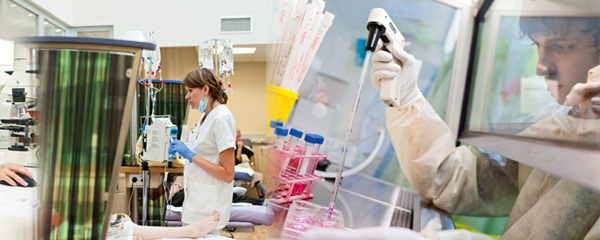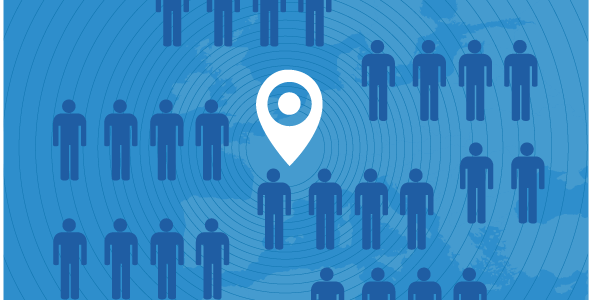Lyon benefits from the leading role played by several therapeutic groups, and the niches in which the Synergie Lyon Cancer Foundation has invested its efforts:
- cancer escape,
- immune-monitoring
- and the emergence of new targeted therapies.
Thus many actors in oncology are working in Lyon, on various themes giving better visibility and accessibility to research. The following can be mentioned, for example:
- the high level teams of INSERM, CNRS and the Université Claude Bernard Lyon 1, that supply the personnel invested in research for Synergie Lyon Cancer;
- the International Agency for Research on Cancer (IARC), the WHO centre with its activities in epidemiology and environmental carcinogenesis on which the Foundation relies;
- the CLARA Cancer Cluster which works to speed up the implementation of new translational research projects within the region;
- Lyonbiopôle, the international cluster specialised in infectology.
Many major actors in the field of oncology work in Lyon, favouring strong collaborations with the pharmaceutical companies installed in the region, such a Merck, Sanofi and bioMérieux, and they participate in the creation of innovative start-ups such as ERYtech pharma and Netrispharma.
Lastly, Synergie Lyon can count on the considerable clinical expertise provided by two healthcare establishments, namely the Hospices Civils de Lyon and the Léon Bérard Centre. These two establishments represent the second largest national concentration of oncological expertise in France after the Institut Curie de Paris.
It therefore appeared natural in 2007 to answer the call for projects launched by the Ministry of Higher Education and Research for a project of excellence in oncology in
Lyon: the result was the selection of the “Synergie Lyon Cancer” project.


